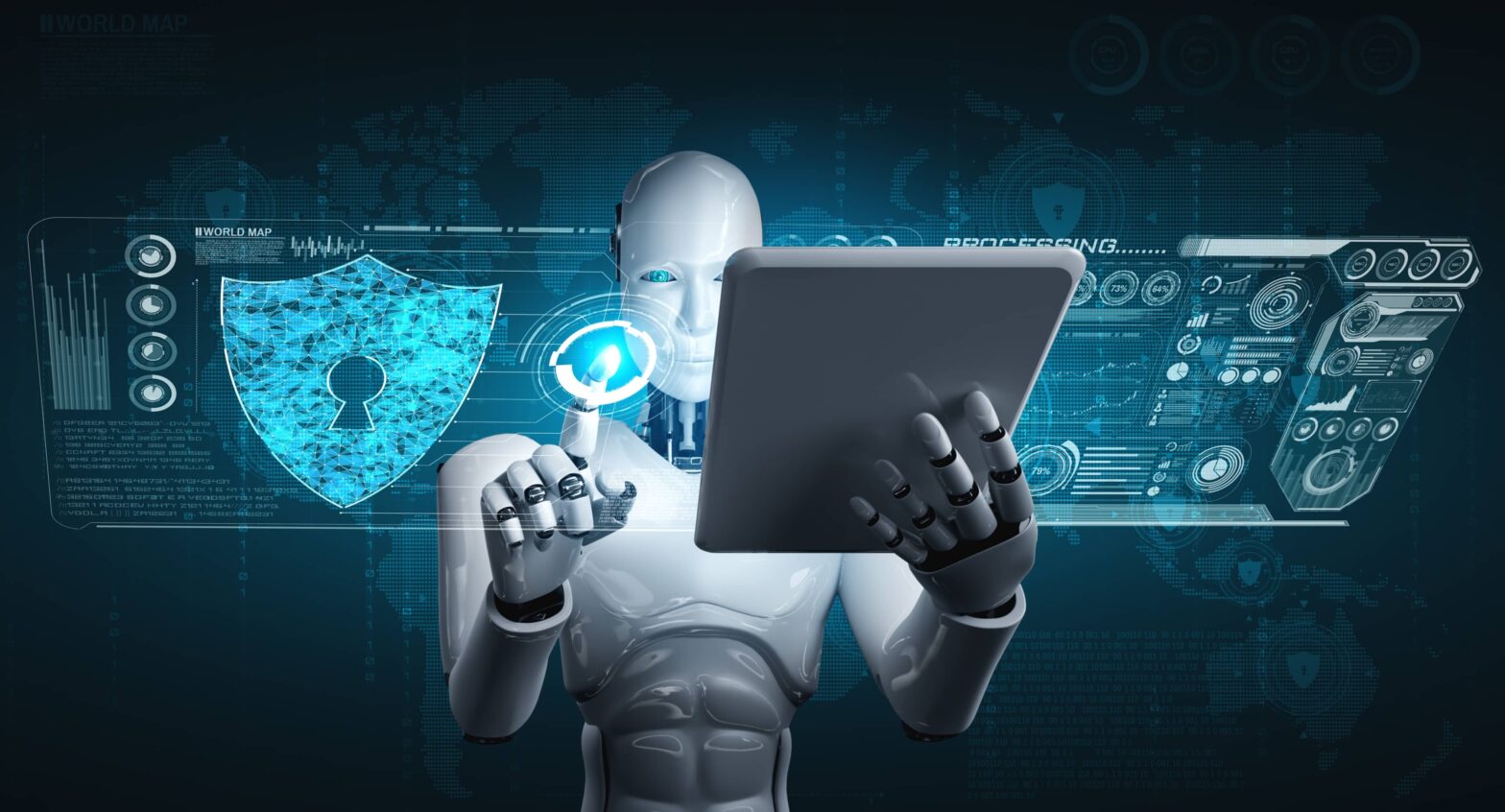AI and Cybersecurity – Why You Should Be Careful

Cybersecurity
June 19, 2023
While there is no doubt AI is positively influencing approaches to cybersecurity, it is also essential to consider its challenges and limitations before an organization adopts security protection strategies.
- AI systems can be difficult to interpret, making evaluating the rationale behind the decisions or output challenging. This can impact the trust and accountability of AI for cybersecurity.
- AI systems may not always be reliable or accurate and may require human intervention or supervision to correct errors or handle complex situations.
- AI systems may inherit or amplify biases from their training data or algorithms. This can result in unfair or discriminatory outcomes for specific groups or individuals.
- AI systems can be vulnerable to adversarial attacks, meaning malicious actors can intentionally manipulate AI algorithms to avoid detection or cause harm. This threat can compromise the precision and effectiveness of any AI-powered cybersecurity solution.
- AI systems may not always follow ethical or legal principles or may have unintended consequences not anticipated by their designers or users. Human oversight and governance are essential to ensure that AI is aligned with human values and norms concerning cybersecurity.
- AI systems require building and maintaining computing power, memory, data, and expertise. This can be expensive and challenging for small and medium-sized organizations.
- AI systems collect and process large quantities of personal and sensitive data, which may pose risks to individuals or organizations. Data protection and consent mechanisms to ensure that AI for cybersecurity respects the rights and preferences of data subjects should be implemented by staff according to company policies and procedures.
Actions to Counter AI Challenges & Limitations in the Cybersecurity Environment
There are ways to address the pitfalls of AI, including some of the tactics listed here.
- Promote cybersecurity awareness through ongoing employee education, training, and communication. This can help prevent overreliance on AI, bias, discrimination, and misuse of AI.
- Prioritize data protection using encryption, anonymization, and access control mechanisms. This can help address privacy concerns and vulnerability to attacks.
- Employ IT professionals with an awareness and understanding of emerging threats, AI technologies, and ethical principles. This can help ensure human oversight and accountability of AI for cybersecurity.
- Use high-quality data sets when training AI systems and regularly validate and monitor their performance. This can help reduce bias and discrimination and improve the transparency of AI systems.
- Automate key security processes for faster detection and response and maintain human involvement and verification. This can help balance the benefits and risks of AI for cybersecurity.
- Go beyond compliance to create tailored security solutions that align with the organization’s values and goals. This can help address ethical issues and stakeholder expectations of AI for cybersecurity.
Conclusion
AI can enhance cybersecurity in many ways, such as detecting anomalies, predicting attacks, responding to incidents, and preventing scams. However, AI also poses risks, including ethical concerns, data privacy issues, human oversight, and malicious use by adversaries. Therefore, it is crucial to weigh the pros and cons of AI in cybersecurity and adopt best practices, have a strong cybersecurity culture, and update systems regularly. As the field of AI evolves, so does the cyber threat landscape, and we need to be prepared for both the opportunities and challenges it brings.
You may also like to read our blog on how AI can boost your security posture.
